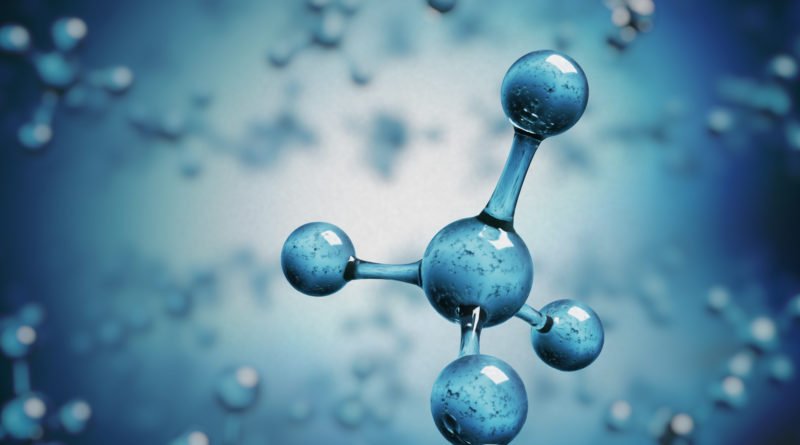Nobody Knows Why Methane Levels Are Rising
16,379 total views, 1 views today
Among this month’s most interesting environmental headlines lies an unprecedented solution for combating climate change. This method would convert atmospheric methane, a greenhouse gas, into carbon dioxide, the greenhouse gas most strongly associated with climate change. The scientists proposing this unusual solution noted that methane levels have steadily increased since the start of the Industrial Revolution. However, barely a week after this solution was proposed, the scientific community admitted that it is entirely unsure why methane levels are rising.
Although the scientific consensus that methane levels have risen steadily, especially in the past few years, is unquestionable, scientists still cannot figure out one particular source to which the rise can be attributed. Although scientists first began noticing a surge in annual methane concentration increase in 2014, there is still widespread disagreement about the cause. Figuring out what is driving increasing concentrations is urgent, as last year’s methane level rise of 10.77 parts per billion (ppb) is the second-highest to occur in any single calendar year since 1998. This amount of increase is significantly more than in 2016 and 2017, in which methane concentrations increased 7.06 and 6.95 ppb, respectively.
Figuring out why methane levels are steadily increasing may prove vital to combating climate change. Earlier this year, scientists found that, should the current levels of methane increase continue, the goals of the groundbreaking Paris climate deal will not be met. Specifically, the international goals of limiting global temperature increase to 2 degrees Celsius and pursuing extra efforts to keep the global temperature increase below 1.5 degrees Celsius will be all but impossible to achieve if the current rate of methane emissions continues unrestricted.
Further confusing scientists is that the last time the atmospheric methane concentration grew as rapidly as it is now was three decades ago. For many years during the 1980s, the ppb of methane in the atmospheric increased by over 10 ppb. Thereafter, in the 1990s, most years only saw an increase of two to nine ppb. At the turn of the century, scientists actually recorded decreases in the atmospheric methane concentration during some years (especially in 2004, when the 4.83 ppb decrease outweighed the previous year’s 4.67 ppb).
Although there is no consensus on why methane levels are increasing, scientists are beginning to consider certain ideas. The burning of fossil fuels and the agricultural processes used in growing rice may be to blame. Also possible is that, as the global temperature increases, methane may have an easier time escaping tropical wetlands and entering the atmosphere. Most likely, according to Rebecca Fisher, an expert with the Royal Holloway University of London, is that some combination of factors is driving the ongoing increase in methane levels.
The idea that increasing Earth temperatures are releasing a gas that further warms the planet is perhaps the most alarming potential source of the observed methane increase. Even if the gases emerging from the planet are naturally generated, the fact that human-driven climate change is accelerating their emergence attests to the vital need to curb global emissions across the board.

